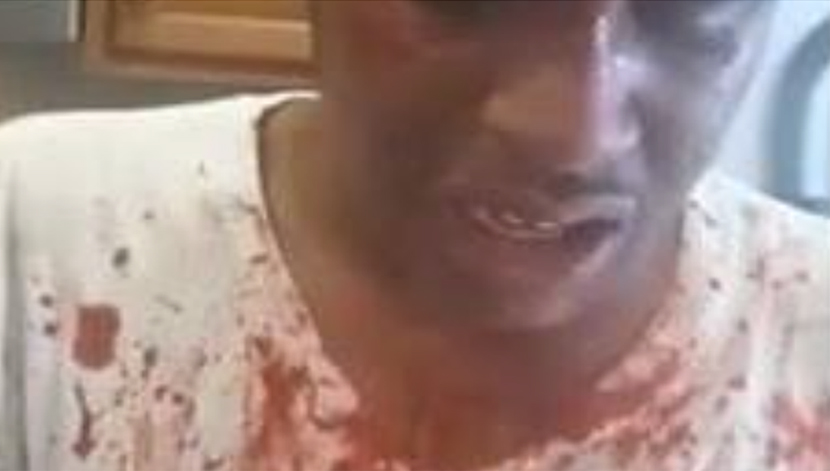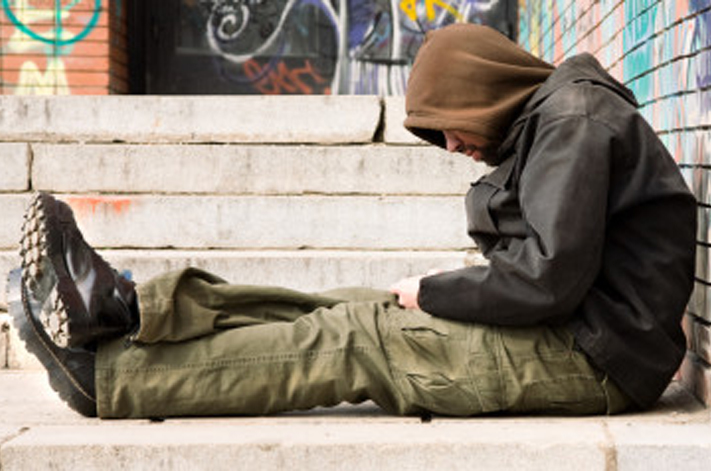Project Description
Unlearning Another Lie that Jim Crow Taught
Preparing to share and receive sensitive family history
Finding an Appropriate Context
Finding Family Liaisons
Anticipating Going Back to the Evidence and New Searches for Contextual Information
A victim of the Jim Crow racist farming debt system, his father was once a wealthy, ingenious and hot tempered man who lost the four fields that he once owned because the system charged extremely high interest rates to Blacks that would make it nearly impossible for them to ever repay any debt, small or large. Edmund Hughes found no other way to clear the family of 12 of the debt beyond paying the ultimate sacrifice, his life. When my father was a little boy, my grandfather committed suicide in one of the fields that he lost to Old Jim Crow. Soon after his father was dead, he had to quit school to work and he used to cry often, because he wanted to go to school rather than to work with adults in the fields.
When my father didn’t recognize my grandfather 100% in the photo, I was compelled to go back to the historical evidence that I had collected to provide a historical context around the photo that may help me understand what had just happened. Each time I went back to the evidence with new answers and new questions. Additional searches at http://www.ancestry.com to augment the artifact from my cousin indeed provided further insight into the context of the photo.
From the 1940 census, I found my grandfather at 50 years old and my father at 4 years old. The death information for my grandfather suggests that he committed suicide near the age of 57. These documents together put my father at only 11 years old when his father died. My birth records note my father as having only been schooled to grade 6. It was beginning to make sense why my father recognized his aunt, but not his own father. First, his father and Aunt Becky looked to be in their 20s or maybe even early 30s in that photo. My father would have never seen his father at that age, because he would have been in his 50s and under extreme stress by the time my dad was old enough to really recall his father’s face. Second, Aunt Becky apparently aged quite well in Virginia Beach, VA and lived to reach a much older age than my grandfather, so my father saw her in adulthood more regularly and thus, could identify her easily in the photo. Third, my father was 76 years old in 2011, when I showed him that photo, which means he hadn’t seen my grandfather in 65 years. I thought to myself, “my peers and I temporarily forget faces we haven’t seen in 5-10 years, even the faces of family members, so temporarily forgetting a face after 65 years is certainly not only plausible, but probable.”
The good news related to this point was that the names of two of the three people in the photo had been labeled Rebecca (Aunt Becky) Hughes and Edmund Hughes, seemingly in Aunt Becky’s handwriting, in a space that was close to the person pictured in the photo. The third person was not named, but bore no resemblance to any other Hughes family member that my father knew and the names were not positioned, seemingly to name that third person. For me, the picture that corresponded to the name Edmond Hughes bore an uncanny resemblance to my father, particularly his very stylish pleated khakis and pressed shirt, his lean sturdy build, dark skin and the way he positioned his large, work-beaten hands on his lap. Once I put all of this information together in my head, I found a moment before bedtime, when the house was not so busy with people, to share it with my mother and father. Sharing this more complete historical context surrounding the photo eased my guilt from the initial sharing and confusion and it seemed to be actually quite well-received and appreciated by my parents, as well.
Concluding Thoughts
My preparation to share and receive this sensitive artifact and related information was paramount to my willingness and ability to share it with the Hughes family and with readers today. The photo revealed a piece of the puzzle that continues to illuminate and clarify horrible episodes of death and dropping out of school in the Hughes family history. From my purview, suicides and dropouts are horrible episodes of any family history, and they are episodes that most people within my sphere of influence ignore, deny, or refuse to discuss publicly for fear of humiliation and suffering.
A critical family history/critical ethnography perspective supported my pang to confront and explore the sources of these episodes in the Hughes family. Somewhere along the road of confrontation and exploration toward these sources of pain, I was overwhelmed by the fact that I am still here and with the legitimized authority to share this story in this venue to an audience that may read it and hopefully decide that the current repackaged discourse on resegregation, privatization and separate-but-equal are welcoming invitations back to Jim Crow’s house. I hope sincerely, that readers can be inspired by my critical family history enough to embrace and act upon their own family histories critically and to receive and share the sensitive information from them in ways that keep troubling Jim Crow.
 Dr. Sherick Hughes, MA, MPA, Ph.D. is Associate Professor with Tenure, and Founder and Director, Interpretive Research Suite & Carter Qualitative Thought Lab Graduate Program Coordinator/Chair, Cultural Studies & Literacies Program Founder and Director, Black Alumni of the School of Education (BASE), School of Education, University of North Carolina, CB #3500, Peabody Hall, Chapel Hill, NC 27599
Dr. Sherick Hughes, MA, MPA, Ph.D. is Associate Professor with Tenure, and Founder and Director, Interpretive Research Suite & Carter Qualitative Thought Lab Graduate Program Coordinator/Chair, Cultural Studies & Literacies Program Founder and Director, Black Alumni of the School of Education (BASE), School of Education, University of North Carolina, CB #3500, Peabody Hall, Chapel Hill, NC 27599
This piece was reprinted by empathyeducates with permission or license. It may not be reproduced in any form without permission or license from the source. We thank the Author, Sherick Hughes,, Ph.D. and Family and History’s Christine E. Sleeter, Ph.D..











